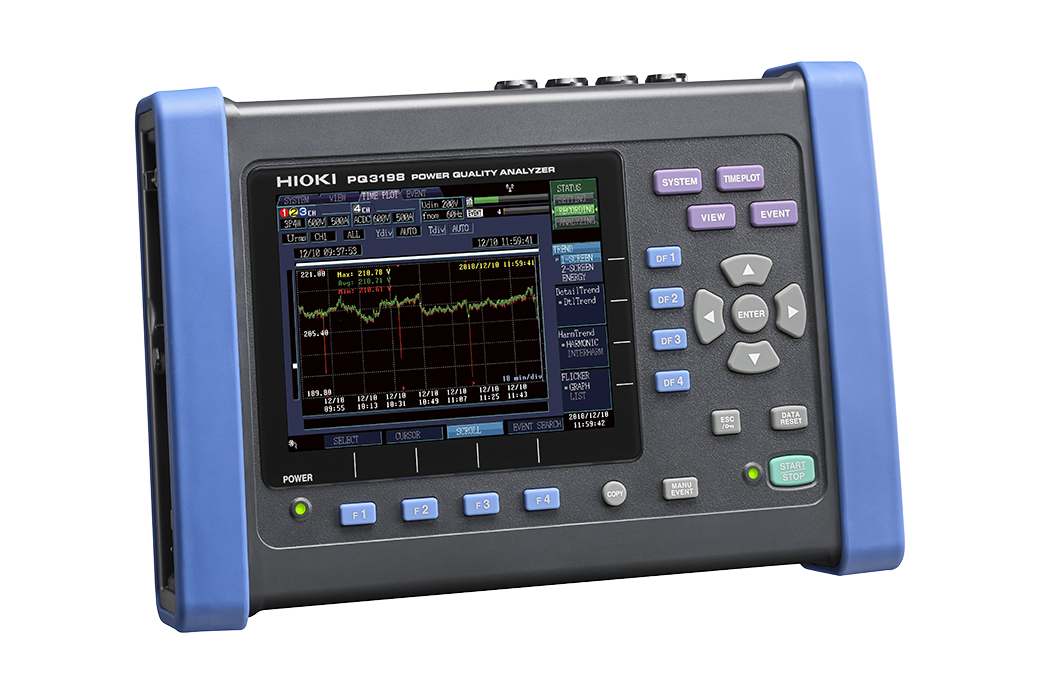Measure the Noise Generated by Switching Power Factor Correction Capacitors
Power Factor Correction (PFC) Capacitors Help Lower Electricity Bills
Many utilities charge industrial and commercial customers a power factor penalty when their equipment draws power that is not put to its full use due to various factors such as non-linear loads or the use of induction motors that inherently exhibit low power factor.
One way to improve power factor is to install power factor correction (PFC) capacitors directly to feeders in the facility and use a switching device, especially when there are multiple loads with low power ratings or do not run continuously.

Switching PFC Capacitors and Noise
On the other hand, when switching the PFC capacitors, switching noise, and by extension output ripple voltage, is likely to be transferred to the low-voltage circuit if noise-prevention measures are not taken, even if the PFC capacitors themselves are designed to filter out harmonics and other types of power fluctuations.

Use the PQ3198 to Easily Capture Noise Events
A power quality analyzer such as the PQ3198 can be instrumental in ensuring that the investment into otherwise costly power factor correction capacitors is fully maximized. The PQ3198 PQA easily detects noise generated intermittently, typical of switching noise, so that you can implement the correct countermeasures against the noise.

How to Use the PQ3198 to Detect for Switching Noise:
* Use the voltage waveform comparison event function that automatically generates a comparison area from a waveform taken 200 ms prior to the event
* Set the voltage waveform comparison event in terms of percentage of voltage range (10% to 15% is recommended in the example to the right)
* When the set % thresholds are exceeded resulting in a power event, the PQ3198 records the time of the day as well as the actual waveform at the time of occurrence, giving you the necessary data to analyze the exact situation in which the noise occurred
Want to know more about this application or the PQ3198 Power Quality Analyzer? Contact us.


